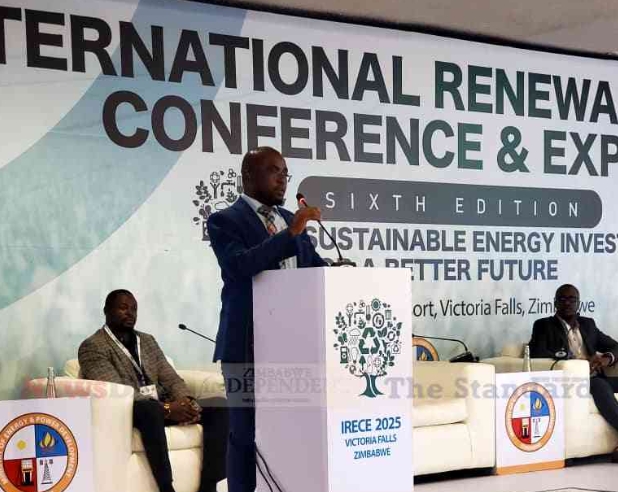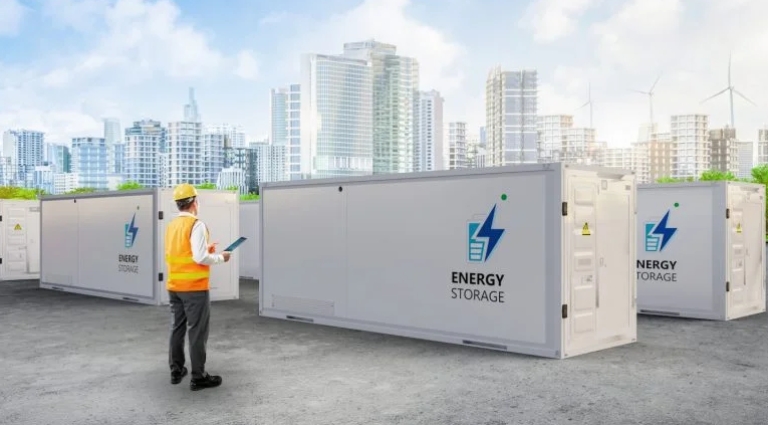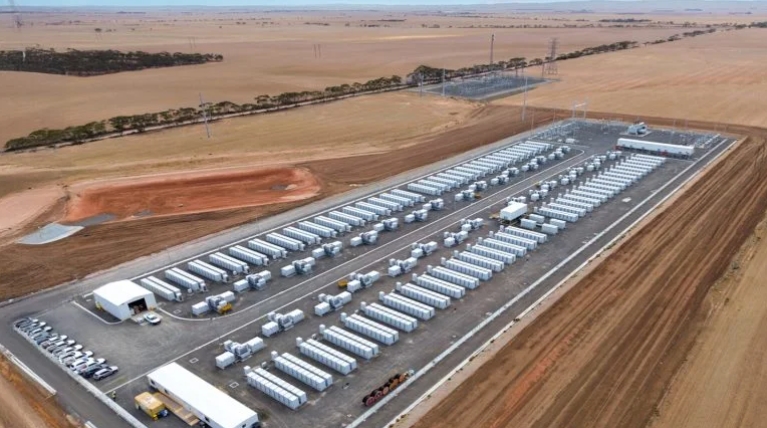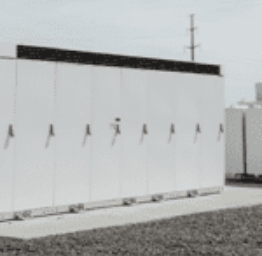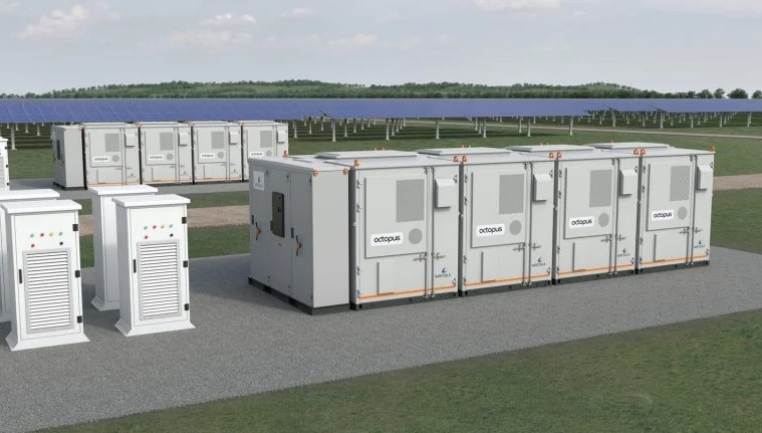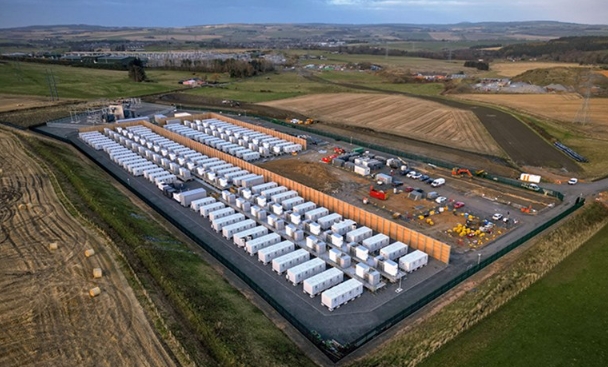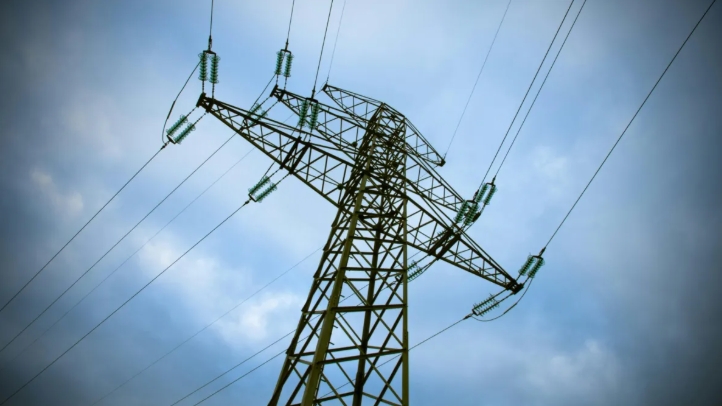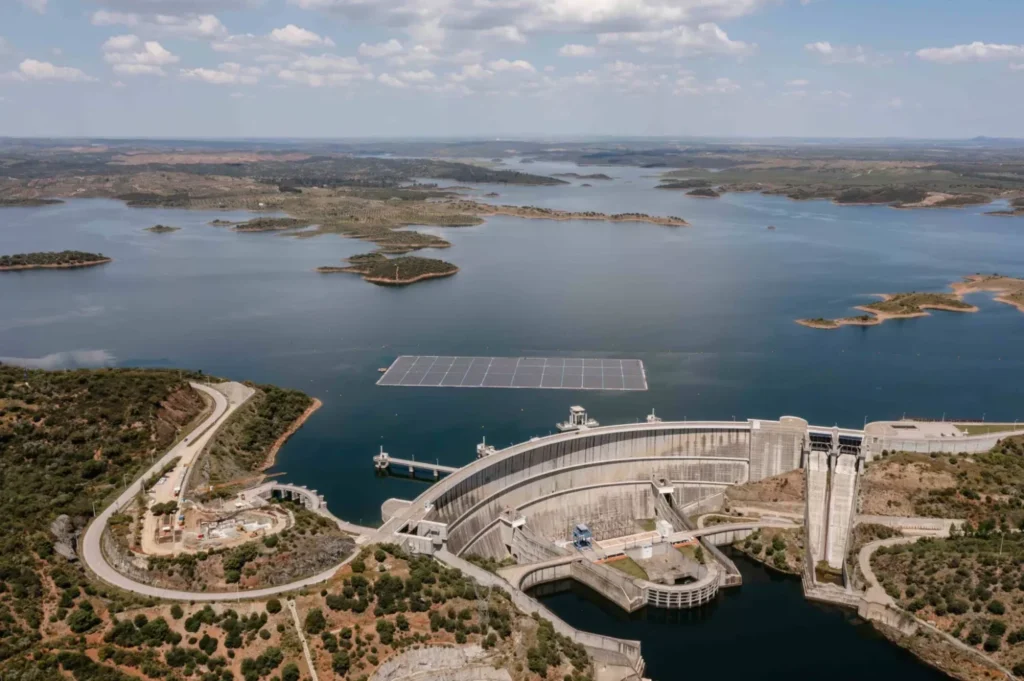
Portuguese utility EDP is to add energy storage to a hybrid floating solar and hydropower project after it was energised earlier this month.
EDP completed the installation of a 5MW floating solar array at a hydropower dam in Alqueva. The FPV facility occupies around 4 hectares of space – equivalent to less than 0.02% of the reservoir area – and the solar aspect of the power station is expected to produce around 7.5GWh of power each year.
Now having completed the installation, which involved a total investment of €6 million (US$6.07 million), EDP is to next add a 1MW/2MWh battery energy storage system. Once complete, all three technologies will share a single grid connection point, which EDP said would promote “asset optimisation and efficiency while reducing environmental impacts”.
Miguel Stilwell d’Andrade, CEO at EDP, labelled the project an “example of innovation and sustainability” and hailed floating solar as a “landmark leap” in the expansion of renewables.
“[The] bet on hybridisation, by combining electricity produced from water, sun, wind and storage, is a logical path of growth in which EDP will continue to invest – it allows us to produce cheaper energy, optimises resources and with minimal environmental impact.”
The Alqueva project uses floats made from recycled plastic combined with cork composites, a method of producing floats for FPV which is being trialled for the first time. They have been produced in partnership with composites firm Corticeira Amorim and Spanish engineering business Isigenere.
The floats are 15% lighter than previous designs and reduce the carbon footprint of the project by about 30%.
The hybrid floating solar project also precedes a considerably larger FPV installation set for Alqueva, a 70MW array awarded to EDP in Portugal’s floating solar auction earlier this year.
EDP said this 5MW array had helped to accelerate investment in floating solar and was “opening doors” in further auctions.
Floating solar installations are increasing globally, driven by a mix of land scarcity, falling project costs and developers, planners and financiers becoming altogether more familiar with the technology. Synergies with hydropower facilities are also strongly expected to emerge, with a number of developers and utilities having already identified the potential for hybrid power projects.

